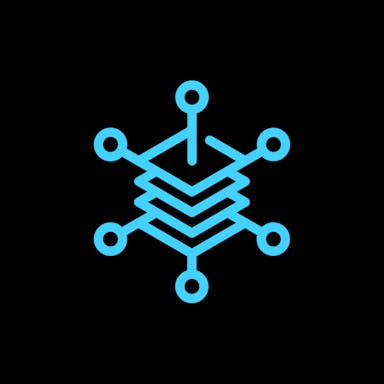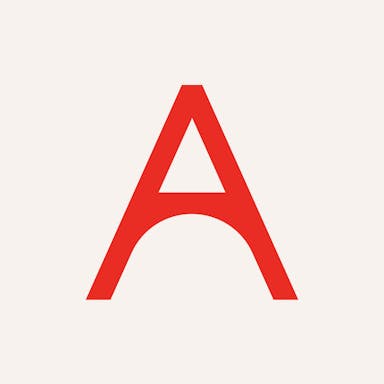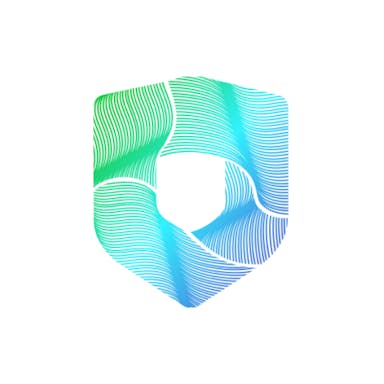Thesis
Radiology is experiencing acute operational strain, driven by a sharp rise in imaging volume that has far outpaced workforce growth. Between 2008 and 2019, radiologists’ aggregate workload rose 80%, even as the number of practitioners grew only modestly. Outpatient imaging demand continues to accelerate: from 2025 to 2035, standard imaging volumes are projected to grow 10%, while advanced imaging is expected to rise 14%. These increases stem from broader clinical reliance on imaging, expanding indications for surveillance, and rising cases of patients needing diagnosis around multiple diseases.
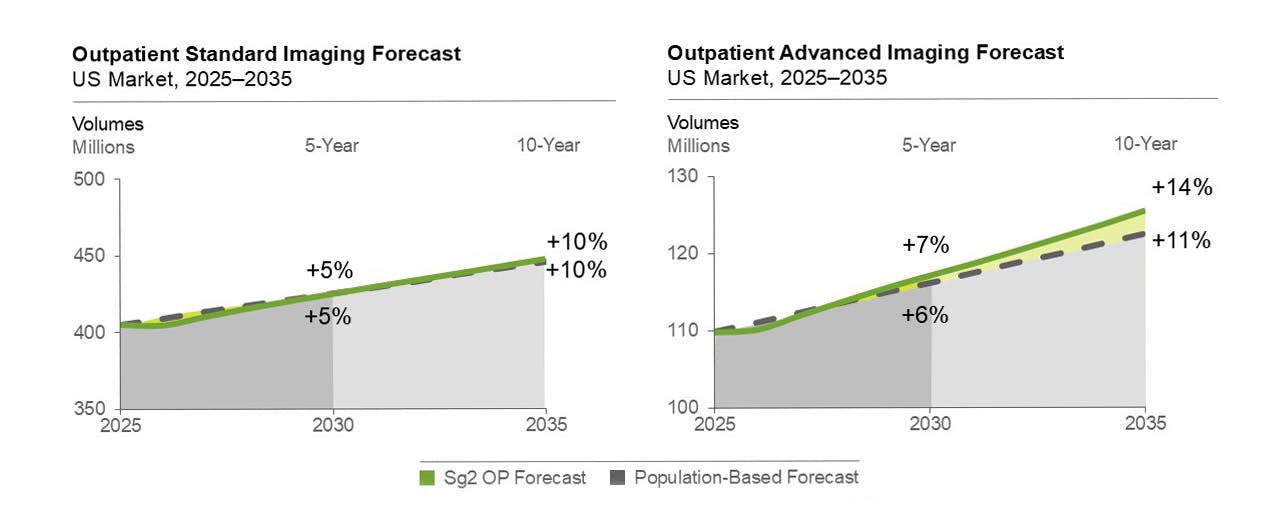
Source: Vizient
The radiologist workforce has not kept pace with this rising demand. Between 2008 and 2019, the average Medicare Part B imaging workload per US radiologist rose 7%. While this doesn’t capture all clinical activity, it highlights a sustained increase in procedure volumes among the largest billable segment of radiology practices. One 2022 survey found 47% of radiologists report symptoms of burnout and, as of 2020, internal data suggests nearly 88% feel they are at or beyond capacity. Meanwhile, radiologists spend up to 75% of their day dictating reports, contributing to inefficiency and cognitive overload.
Rad AI is positioned to help alleviate these pressures by automating two of the field’s major bottlenecks: documentation and follow-up adherence. Its generative AI platform reduces dictation time by up to 90%, according to the company, and boosts report efficiency by generating structured impressions tailored to each radiologist. The company’s Continuity product identifies follow-up recommendations and automates outreach, increasing patient return rates from ~30% to over 75% according to the company. Both products integrate directly into existing workflows, offering a low-friction path to productivity gains at enterprise scale.
Founding Story
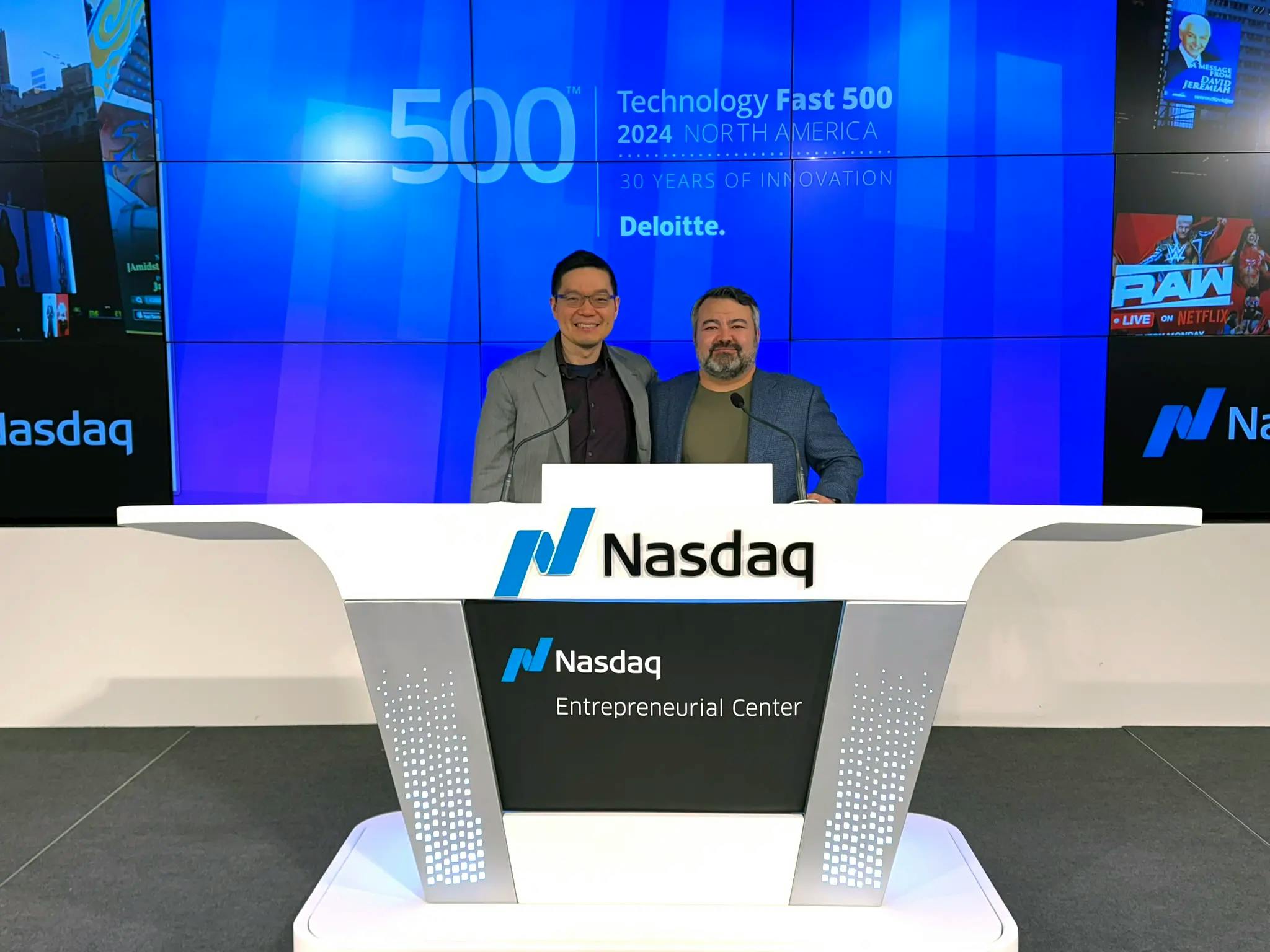
Source: Rad AI
Rad AI was founded in February 2018 by Dr. Jeff Chang (Chief Product Officer) and Doktor Gurson (CEO).
Chang, a radiologist by training, became the youngest radiologist in US history after entering medical school at 16. After working overnights as an ER radiologist for 10 years, he became troubled by the inefficiencies in clinical workflows, particularly the time spent dictating reports rather than interpreting scans. The pain point was amplified by a broader crisis of burnout across radiology. Chang later earned an MBA and conducted graduate research in machine learning.
Gurson brought complementary experience as a serial entrepreneur with four previous startups. At 15, he built a domain registrar that became the world’s 32nd ICANN-accredited domain registrar. The pair had previously collaborated on Doblet, a YC S14 startup focused on portable phone charging hardware, and reconnected in 2018 to explore AI applications in healthcare documentation. Combining Chang’s firsthand clinical experience with Gurson’s product and startup acumen, they founded Rad AI to automate radiology reporting starting with impression generation.
In August 2024, Jean‑Olivier Racine (Chief Technology Officer) joined the team. Racine previously served as CTO of Outset Medical (2021–2024) and held senior technical roles at AWS, where he worked on Health AI, Alexa, and Fire TV platforms.
The company has since recruited senior talent from across private practice and academic radiology. By 2025, the company had three Chief Medical Information Officers: Dr. Elizabeth Bergey, former CEO of Quantum Imaging and a pediatric interventional radiologist trained at Cleveland Clinic and CHOP; Dr. Andrew Del Gazio, an abdominal radiologist at Moffitt Cancer Center and teleradiology leader for the VA; and Dr. Rishi Seth, a neuroradiologist and former informatics director at RANT with dual fellowships in imaging informatics and neuroradiology. All three bring deep experience in radiology operations, AI adoption, and clinical workflow design.
In addition, in August 2025, Rad AI added Barrett Dwyer as CFO and Kevin Field as CRO. Dwyer had held several financial roles at healthcare companies like Modern Health and Canvas, while Field was previously the SVP of Commercial Revenue at Bamboo health, overseeing a $70 million portfolio.
Product
Rad AI offers three core products aligned with key stages of the radiology workflow, organized into two categories: Radiologist Workflow and Follow-Up Management. Within the Radiologist Workflow are Impressions (a report generation assistant) and Reporting (a full radiology reporting platform), while Continuity (a follow-up management system) falls under Follow-Up Management.
The workflow products are powered by proprietary large language models trained on one of the world’s largest healthcare datasets, incorporating data from exclusive partnerships with many leading health systems and radiology practices. The company claims its generative-AI LLMs are trained on over nearly half a billion radiology reports and between two and five years of each individual radiologist’s previous reports. Each generated impression is customized to the radiologist’s stylistic preferences and institutional conventions. Through a partnership with Google Cloud, Rad AI also leverages MedLM (Google’s family of foundation models optimized for healthcare) as well as Google’s scalable cloud infrastructure.
Impressions
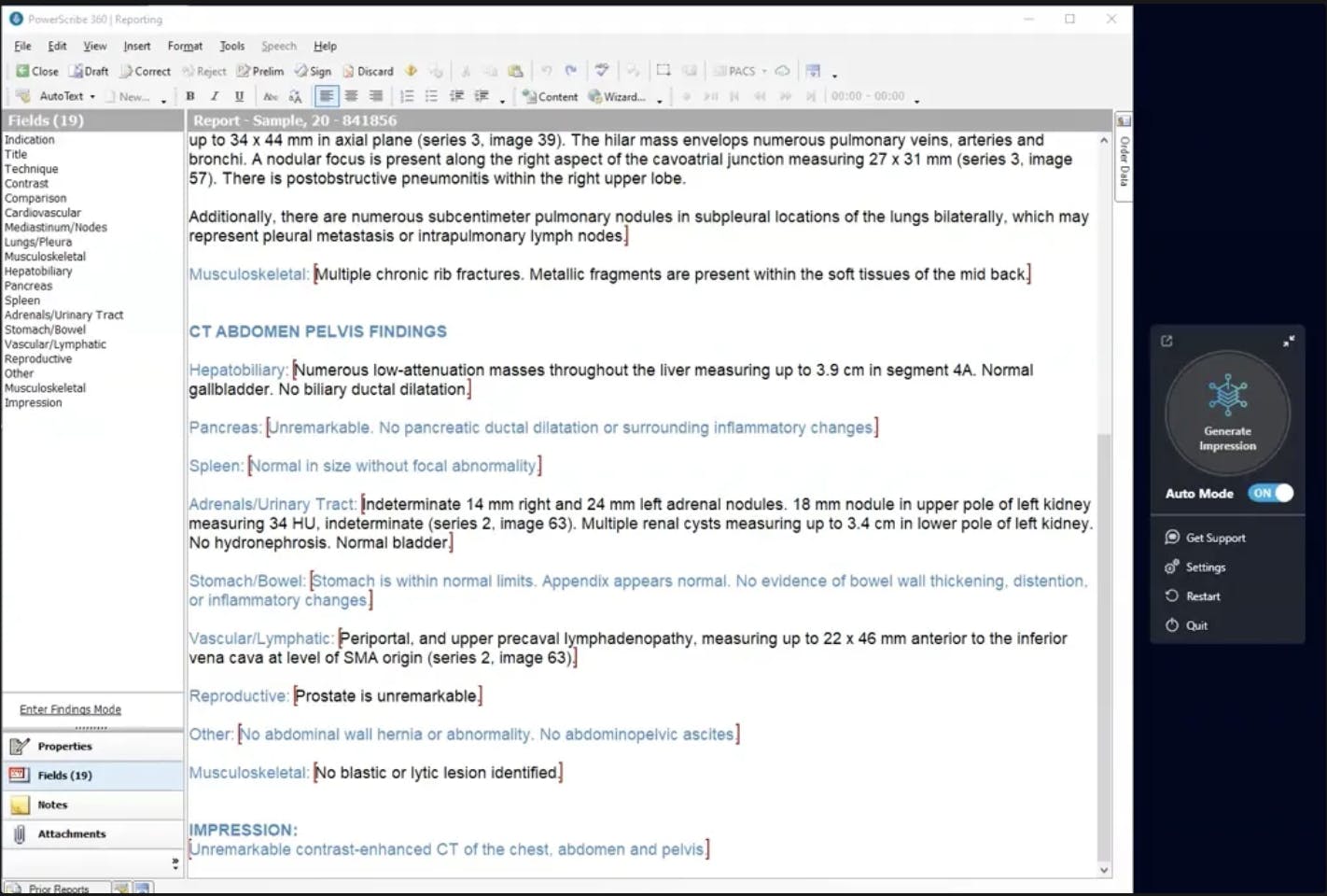
Source: Rad AI
Rad AI’s Impressions product launched publicly in 2020 and automatically generates the impression section of a radiology report (i.e., the recommendations and key findings) based on the radiologist’s dictated observations.
A typical use case involves a radiologist dictating findings from a CT scan. Within 0.5 to three seconds, Rad AI Impressions generates a guideline-compliant, stylistically matched draft impression. The radiologist can review, modify, and sign off, all without additional clicks. These user modifications are then re-ingested as a training signal, enabling continuous model refinement specific to each radiologist.
Impressions also inserts consensus guideline recommendations (such as Fleischner or AAA follow-up criteria) into appropriate reports, reducing the need for manual lookup or macro scrolling. In 5% of reports, the tool helps catch clinically significant discrepancies between dictated findings and the impression text.
Clinicians report an average 35% reduction in words dictated per report, and describe the tool as providing a “cognitive break” between cases. While the system automates repetitive tasks, it remains human-in-the-loop: radiologists maintain full control and accountability over final output. This structure aligns with both clinical ethics and medicolegal standards, ensuring Impressions functions as a decision-support tool rather than a diagnostic replacement.
The product is also optimized for enterprise deployment. The product is delivered as a lightweight client with SSO and optional auto-updates, requiring no servers or virtual machines. If a workstation has internet access, it's ready to use, resulting in minimal IT overhead and fast implementation.
Reporting
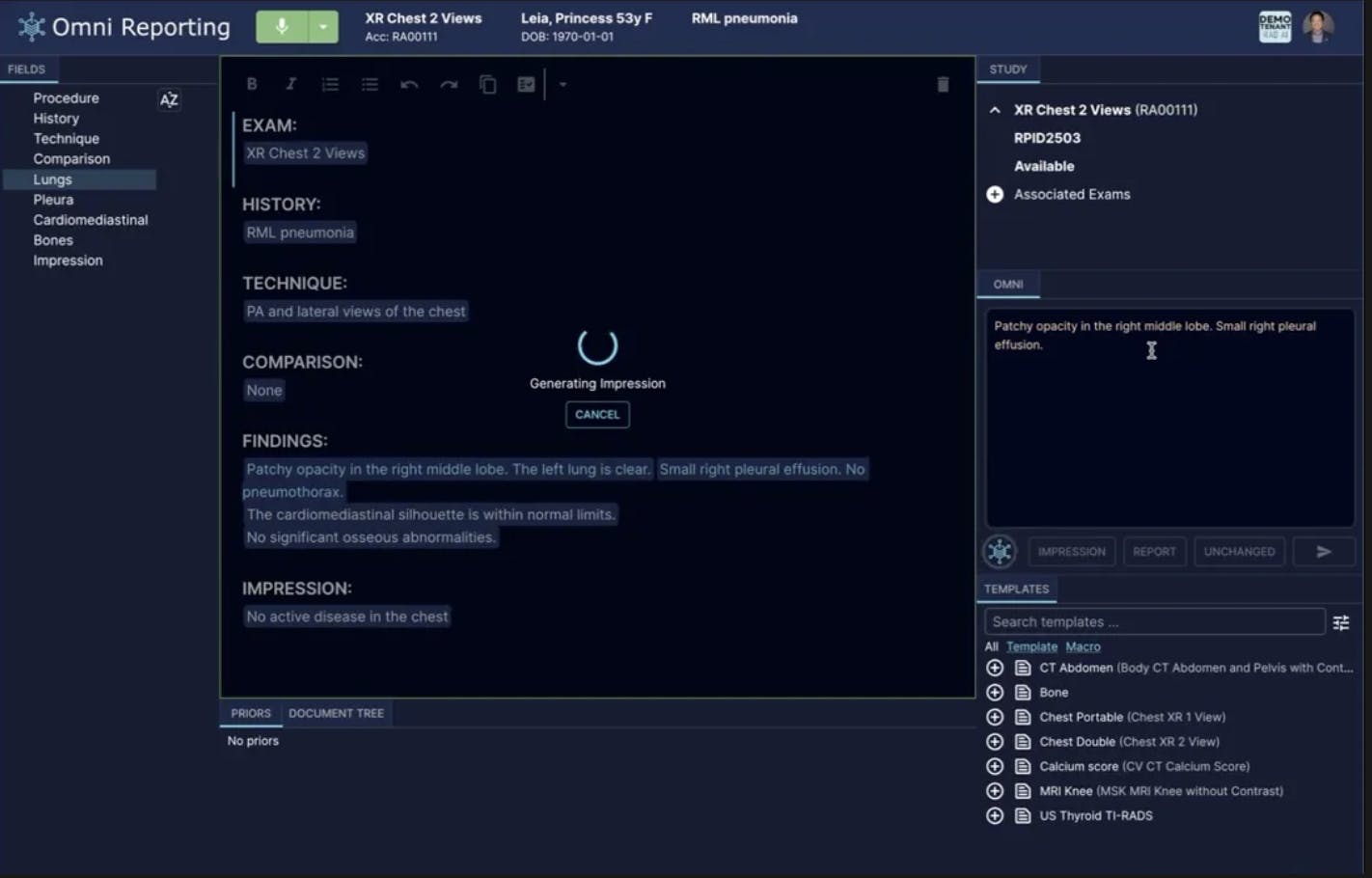
Source: Rad AI
Rad AI launched its second major product line, Reporting, in 2023. Unlike Impressions, which integrates with legacy reporting tools, ‘Reporting’ is a standalone, AI-native platform built from the ground up to generate full structured report drafts from radiologist dictation. It reduces total dictation volume by up to 90%, according to the company, and cuts overall reporting time in half.
Radiologists dictate findings using their existing microphones, Picture Archiving and Communication Systems (PACs), Radiology Information System (RIS), and Electronic Health Record (EHR) systems. The platform captures voice input in real time and generates complete report sections (findings, impression, and follow-up) in seconds. Structured templates are automatically populated based on each radiologist’s preferences, and impressions are stylistically aligned to match prior reporting.
Omni Unchanged, part of ‘Reporting’, extracts unchanged findings from previous reports and adds them into the proper locations within a radiologist’s existing preferred report template. According to the company, since radiologists only need to dictate new / updated findings, they may be able to dictate complex follow-up exams up to 50% faster using up to 90% fewer words.
‘Reporting’ improves diagnostic accuracy by guiding radiologists through structured templates that reduce variability and cognitive load. By automating repetitive documentation steps it helps prevent fatigue and enhances focus on interpretation. The platform’s LLMs are purpose-built for radiology and provide consistent speech-to-report output, even in complex cases. Consensus guideline recommendations are automatically inserted into relevant reports and are customizable to each practice’s preferred language and format. Radiologists remain responsible for final sign-off, preserving clinical accountability while reducing cognitive overhead.
Deployment is designed to avoid IT bottlenecks. Reporting is a cloud-native open platform with no servers or virtual machines required. It supports Health Level Seven (HL7) and Fast Healthcare Interoperability Resources (FHIR) standards and integrates into existing workflows, allowing radiologists to have automated reporting utilizing their current templates, microphones, and computers.
Continuity
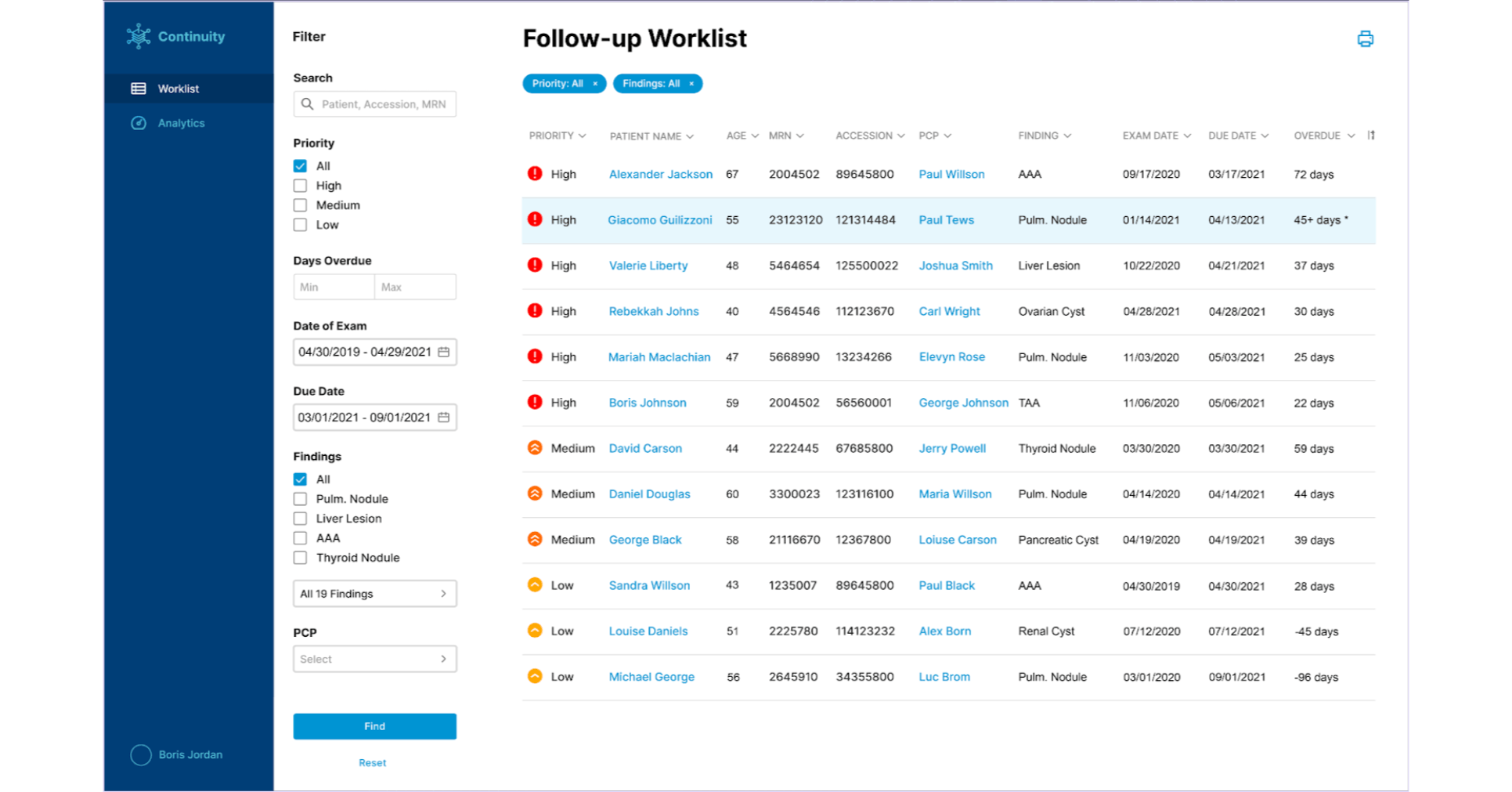
Source: Digital.Health
Rad AI launched Continuity to address one of radiology’s most persistent care gaps: missed follow-up imaging. Despite radiologists regularly flagging actionable findings (such as lung nodules or abdominal masses), only an estimated 30% of patients receive the appropriate follow-up care under current workflows, as of August 2025. Continuity automates the end-to-end tracking, communication, and resolution of these recommendations, significantly increasing compliance.
Continuity ingests finalized radiology reports and passes them through proprietary NLP models to detect follow-up recommendations. These are then categorized and subcategorized based on national consensus guidelines, with the system automatically determining the appropriate follow-up exam and timeframe. Communication workflows are fully customizable by the health system. For example, in Epic environments, Continuity can send messages via MyChart to patients and InBasket to providers. Follow-up status is automatically updated as exams are ordered, scheduled, and completed. The platform's integration capabilities with existing EHR and RIS systems allow for streamlined implementation, reducing the burden on IT teams during setup.
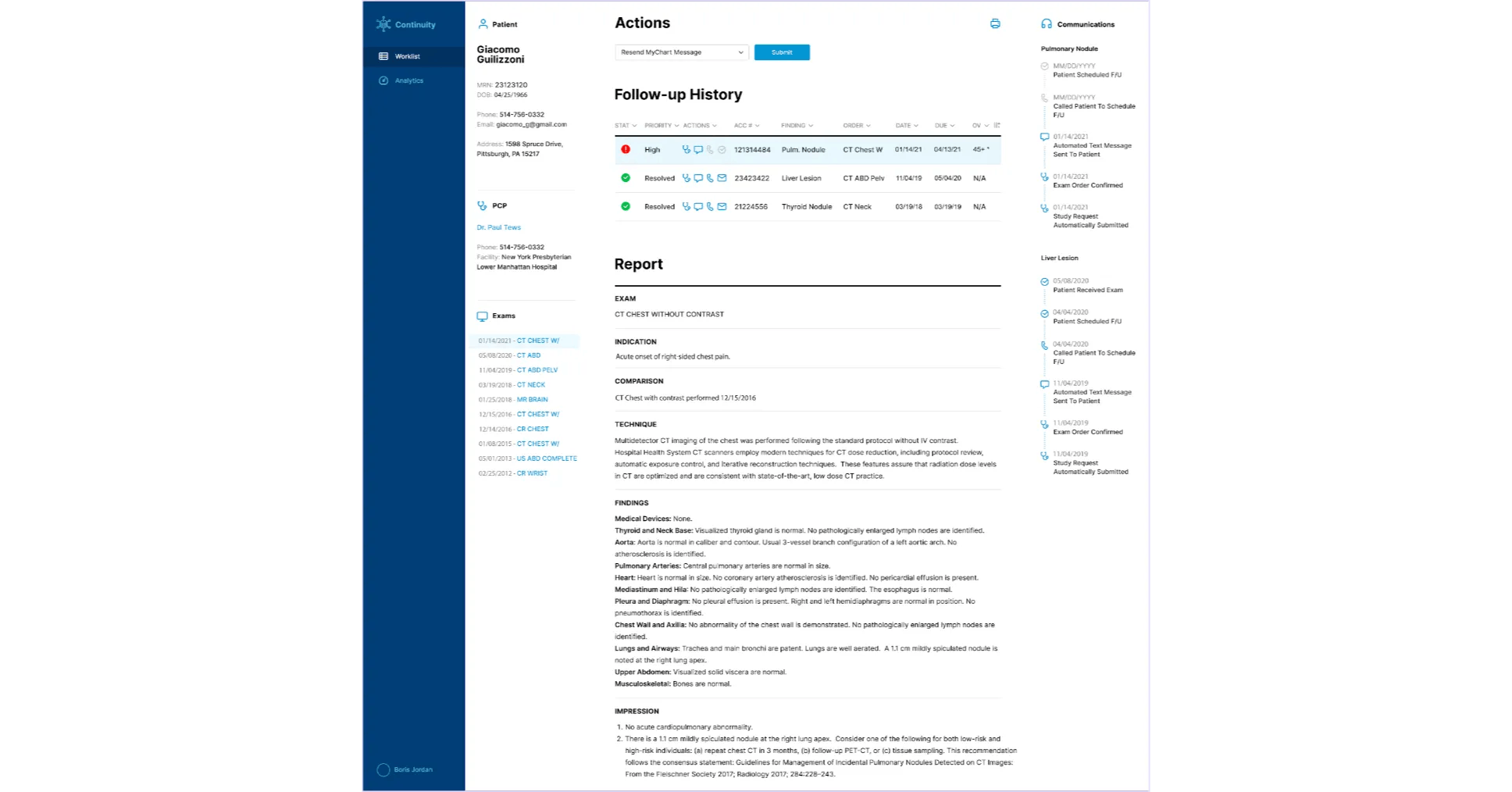
Source: Digital.Health
As of May 2025, by operationalizing follow-up care, Continuity has been shown to double adherence rates, from a baseline of ~30% to over 75% according to the company, leading to earlier diagnoses and additional imaging revenue. Health systems also cite financial ROI through generating appropriate imaging volume and reduced liability exposure.
The platform tracks more than 50 types of findings and maintains traceability across patient communications. As of August 2025, Continuity is in use at major health systems, including Virtua Health and Cone Health.
Market
Customer
Rad AI’s ideal customers are high-volume radiology groups and integrated health systems seeking to improve reporting efficiency, standardization, and patient safety. These organizations are often managing large caseloads across multiple sites and require scalable, AI-assisted tools that integrate into existing reporting and EHR systems without disrupting clinical workflows.
The company initially gained traction with independent radiology groups. As of January 2025, over two-thirds of Strategic Radiology’s 30+ member practices had adopted Rad AI Impressions, and one-third were using Rad AI Reporting. As of 2025, the company serves “thousands of radiologists daily” across institutions that collectively perform nearly 50% of all US medical imaging.
Rad AI’s customer base spans both private practice and hospital systems. Partners include Colorado Imaging Associates, Inland Imaging, Radiology Associates of North Texas, and Radia, one of the largest physician-owned radiology networks in the US. Health systems such as Cone Health and Virtua Health have deployed Rad AI Continuity to track incidental findings and ensure follow-through on radiologist recommendations.
The status quo Rad AI displaces typically involves manual dictation and manual follow-up processes. Rad AI’s tools are designed to address these gaps through real-time report generation and follow-up management.
Despite the complexity of health IT procurement, Rad AI has achieved rapid adoption across diverse customer types without reported churn; according to the company, as of May 2024, it had not lost a single client since launch. The company also maintains a commercial partnership with Siemens Healthineers, which expands its distribution reach among enterprise radiology networks.
Market Size
Rad AI operates at the intersection of radiology, artificial intelligence, and clinical workflow software. Rather than addressing the broad “AI in healthcare” category, its addressable market is more narrowly focused on radiology-specific software that improves clinical reporting, follow-up management, and diagnostic throughput.
Radiology is the largest medical specialty by data volume and a major cost center within health systems. As of 2024, it accounted for ~ 9% of total US healthcare spending. As of 2025, more than 700 million imaging exams were performed annually in the US alone. This makes it a high-leverage target for workflow optimization, particularly as labor shortages and imaging demand increase.
As of 2025, the US has ~35K practicing radiologists. In 2024, Rad AI claimed its products were used in about one-third of US hospital systems and nine of the ten largest radiology practices, implying strong early penetration but room for growth in the remaining US market, especially in smaller systems and international markets. The company finalized its first global partnership in 2024 with Medical Imaging Consultants in Alberta, Canada.
As of August 2025, Rad AI focuses on North American radiology groups, hospital systems, and outpatient imaging centers. Over time, the product suite could expand to other data-heavy specialties that rely on structured reporting, such as cardiology or pathology. This would multiply Rad AI’s addressable user base without a complete reinvention of the product stack.
While precise dollar estimates are difficult due to Rad AI’s unique blend of clinical AI and workflow tooling, its existing customer base and growth velocity suggest a multi-billion dollar opportunity across software licensing, per-report pricing, and adjacent healthcare verticals.
Competition
Competitive Landscape
Rad AI occupies a distinct position within the emerging generative-AI radiology workflow category. Unlike image-analysis startups focused on detection (e.g., Aidoc or Zebra Medical Vision), Rad AI is one of the first to introduce generative LLMs into the core reporting workflow offering end-to-end report construction, impression drafting, and follow-up automation. This “reporting-first” orientation sets it apart from legacy voice-recognition systems (e.g., Nuance PowerScribe) that are retrofitting GenAI features, and from vertically integrated platforms like Sirona Medical that combine PACS, reporting, and AI but have yet to demonstrate comparable adoption.
The radiology AI market remains fragmented. Incumbent dictation platforms like Nuance (owned by Microsoft) and Epic’s Radiant module still dominate reporting infrastructure, though their GenAI efforts are nascent. Startups such as Sirona Medical present potential competition and, as of 2025, had made visible progress, but this footprint remains modest relative to Rad AI’s presence. Rad AI’s competitive advantage is supported by a large proprietary dataset spanning ~500 million reports and rapid deployment momentum. Rad AI CEO, Doktor Gurson, states that incumbents “aren’t true competitors yet” despite incoming GenAI builds.
Looking forward, there is competitive risk from well-resourced incumbents like Nuance and Epic, whose integration depth and client networks pose formidable potential challenges. Nonetheless, Rad AI’s first-mover advantage in generative LLM-based reporting, proprietary data scale, and zero reported churn provide it with a defensible lead in this emerging category.
Competitors
Radiologist Workflow
Nuance PowerScribe (Microsoft): Founded in 1992, Nuance launched its latest iteration of PowerScribe in 2010, which became the most widely used radiology dictation and reporting software, covering over 80% of US radiologists as of 2023. Following its $19.7 billion acquisition by Microsoft in 2021, Nuance has introduced PowerScribe Smart Impression, an AI “copilot” that auto-generates report impressions. The company’s generative-AI feature debuted in November 2023 and is embedded across PowerScribe One installations, which is used by major systems like Mass General Brigham and Quantum Radiology. In terms of similarities, both Rad AI and PowerScribe automate impression drafting directly in radiologist workflows. PowerScribe’s AI is retrofitted into legacy infrastructure with massive reach; Rad AI builds full-report generation and follow-up modules, extending capabilities beyond impressions.
Sirona Medical: Sirona Medical, founded in 2018, is a San Francisco–based startup providing Unify, a cloud-native radiology operating system that integrates PACS, viewer, worklist, reporting, and AI on a single unified platform. The company raised $45 million in Series C financing in November 2024, led by Avidity Partners, following a prior ~$40 million Series B from 8VC and GreatPoint in 2021; with total funding surpassing $100 million as of August 2025. No valuation details have been disclosed publicly. Both Rad AI and Sirona embed AI-powered report generation in their offerings. Rad AI takes a modular, plug‑in approach, augmenting existing legacy reporting systems, while Sirona replaces the entire imaging stack with a unified cloud platform.
RADPAIR: RADPAIR, founded in 2023, is a Knoxville-based startup offering a fully web-based, generative AI-powered reporting platform. The company’s solution automates diagnostic report generation and provides real-time, structured, and templated reporting through natural speech input. A key similarity with Rad AI is the use of generative AI models for real-time report creation, but Radpair’s go-to-market emphasizes flexible licensing for individuals, private practices, and health systems, whereas competitors like Rad AI sometimes pursue more extensive health system rollouts.
Follow-Up Management
Eon: Eon, founded in 2017, is a Denver-based startup offering an AI-powered platform, Eon Patient Management (EPM), which is designed for incidental and actionable finding follow-up, such as lung nodules, thyroid lesions, and liver abnormalities. The platform integrates with EHRs like Epic and Cerner, enabling guideline-driven tracking, longitudinal patient management, alerting, and auditability, making it a direct competitor to Rad AI Continuity in closed-loop workflows. EPM and Rad AI Continuity both automate follow-up detection and outreach, increasing compliance and patient safety. Eon emphasizes AI-generated care plans and continuous real-time tracking post-identification, which are capabilities not explicitly documented in Rad AI’s public materials.
Agamon Health: Agamon Health, founded in 2019, is a New York-based startup that provides Coordinate, a follow-up automation platform for radiology and oncology workflows. It uses NLP to identify follow-up recommendations in reports, automates provider and patient messaging, tracks compliance, and offers operational analytics. Both Rad AI Continuity and Agamon Coordinate automatically identify follow-up recommendations from radiology reports and then trigger outreach to both providers and patients.
Business Model
Rad AI operates an enterprise SaaS model, offering modular AI solutions that integrate into existing radiology systems. While pricing details are not publicly disclosed, the company does not offer a freemium tier. Pricing is based on the needs and scale of the healthcare institution.
It delivers cloud-native software with minimal physical infrastructure, making its business model less capital-intensive than traditional health IT or hardware-focused companies. Deployments do not require on-premise server setups, just cloud connectivity.
Traction
From 2020 to 2023, the company reported 8,710% revenue growth, placing it #19 on Deloitte’s 2024 Technology Fast 500. One unverified estimate indicates that Rad AI generated around $13.4 million in revenue in 2023.
In terms of usage, adoption of Rad AI appears widespread across US radiology. As of January 2025, Rad AI products are used by thousands of radiologists daily and touch nearly 50% of all US health systems and imaging practices. By 2023, its Impressions product processed over one million reports per month.
As of May 2024, Rad AI reported zero customer churn since launch. Distribution continues to widen. According to one 2025 press release, Strategic Radiology, a consortium of over 40 practices, reported that two-thirds of its members have adopted Impressions, while one-third have already implemented Rad AI Reporting. Additional enterprise partners include Advocate Health, Memorial Hermann Health System, Corewell Health, and Atlantic Health System, with Siemens Healthineers serving as a reseller partner.
Valuation
Rad AI raised a Series C in January 2025, led by Transformation Capital, which raised $60 million at a $525 million post-money valuation. Notably, this round included participation from previous backers like Khosla Ventures, World Innovation Lab, UP2398, Kickstart Fund, OCV Partners, Cone Health, and others.
In May 2025, Rad AI secured an additional $8 million as part of a Series C extension, bringing the total Series C funding to $68 million. These funds were contributed by four major health systems including Advocate Health, Memorial Hermann Health System, Corewell Health, and Atlantic Health System, who joined as both strategic investors and enterprise partners.
Other notable investors that have been involved previously include ARTIS Ventures and Gradient Ventures (Google’s AI-focused venture fund).
Key Opportunities
Expanding Within Existing Customer Base
Rad AI’s most immediate growth lever is expansion across its current footprint. While the company claims to serve radiology practices across the country that account for nearly 50% of all medical imaging done in the US as of 2025, many of these customers use only the flagship "Impressions" product. Rad AI has since launched a full reporting suite and a separate follow-up product (Continuity), both of which present natural upsell paths. Early indicators show meaningful conversion: one-third of Strategic Radiology’s member groups adopted the new reporting product within months of launch in late 2024.
Strategic Partnerships & Global Expansion
While Rad AI has focused on the US to date, global interest in AI radiology tools is rising. Radiologist shortages are acute in many countries, including the UK, Japan, and India. In 2024, Rad AI announced its first international partnership with MIC Medical Imaging in Alberta, Canada, signaling early intent to grow abroad.
The company also formed a high-profile collaboration with Google Cloud, integrating with MedLM and Gemini-based models to co-develop generative models. The partnership could provide both technical scale and commercial reach, as Google expands its healthcare vertical.
Broadening Generative AI Capabilities
Rad AI’s core differentiator of tailoring generative outputs to individual radiologist style provides a foundation for higher-level automation. The company has already moved beyond impression generation toward full report drafts. Over time, Rad AI could expand into territory held by diagnostic AI companies like Aidoc by generating structured findings from imaging data. While this would introduce regulatory complexity, it could also unlock new clinical value and establish Rad AI as a reporting-plus-diagnosis solution. In parallel, the company could extend its Continuity tool to other specialties, like cardiology or pathology.
Data Intelligence & Benchmarking Products
Rad AI processes millions of radiology reports annually, giving it a unique dataset on workflow efficiency, report quality, and follow-up adherence. A possible extension is to commercialize analytics. For example, health systems could benchmark turnaround time, error rates, or follow-up adherence relative to peer institutions.
Rad AI Continuity already provides dashboarding for follow-up tracking. Extending analytics across the product suite could deepen administrator engagement and create additional value layers for enterprise buyers. Over time, this data could feed predictive models to identify at-risk reports or forecast operational bottlenecks, transforming Rad AI from a workflow tool into a decision intelligence platform.
Key Risks
Regulatory & Clinical Liability Risk
Rad AI’s generative reporting tools currently operate in a regulatory gray area, as augmentative aids, not diagnostic devices. However, any AI-produced hallucination (incorrect or fabricated medical content) in an impression or report could lead to patient harm. If generative outputs contribute to misdiagnoses, regulatory bodies (e.g., FDA, ACR) may require full medical device approvals, increasing development costs and slowing updates. Legal liability may still rest with radiologists, but high-profile errors could drive institutional pushback or stricter oversight. The FDA has acknowledged hallucinations as a major risk for GenAI in healthcare, cautioning that such models often produce "erroneous or false content" and may require risk-based controls.
Integration & Deployment Scaling Risk
Rad AI’s solutions must integrate reliably into diverse hospital IT ecosystems (PACS, RIS, voice-recognition, EHR). Scaling deployments across heterogeneous systems poses technical and operational challenges. Integration delays or failures can stall implementations at enterprise scale, limit revenue growth, and deter prospective clients toward more “turnkey” incumbent solutions.
Competitive & Incentive Misalignment Risk
As incumbents like Nuance embed generative AI directly into widely used systems (e.g., PowerScribe), hospitals may favor integrated platforms over Rad AI’s modular tools. Financial incentive alignment matters, and gains for radiologists must translate into institutional value, not just individual benefit. Purchasing decisions at healthcare organizations often prioritize system-wide efficiency and cost savings. If follow‑up or workflow tools offer radiologist relief but little ROI to the institution, adoption may lag.
Diagnostic AI Displacement
Should image-based diagnostic AI, such as Aidoc’s FDA-cleared tools, evolve to autonomously interpret scans, Radiology workflows could fundamentally change, reducing the demand for reporting-centric products like Rad AI’s. If diagnostic AI becomes the primary gatekeeper of findings, Rad AI must adapt from documentation-focused tools to fully integrated diagnostic solutions, or risk redundancy. Aidoc and Viz.AI have FDA-approved algorithms for autonomous image triage and detection. Meanwhile, investor and academic discourse now frequently hurdles around “AI replacing radiologists,” a sign of possible future dynamics.
Summary
Radiology remains one of the most overburdened specialties in healthcare, with growing imaging demand outpacing workforce growth. Rad AI offers a generative AI platform designed to streamline radiology workflows, automating impression generation and managing follow-ups, to help reduce burnout and improve system efficiency. Founded in 2018, the company now claims adoption across nearly half of US radiology providers and has raised $158 million total from investors, including Khosla Ventures and Gradient Ventures.
The company has achieved broad early adoption across US radiology practices and is now moving to deepen its product footprint while expanding internationally. Its open platform design allows integration with major imaging and EHR systems, and a strategic partnership with Google Cloud could improve both deployment scalability and technical performance. The central questions are whether Rad AI can sustain differentiation as incumbents embed similar tools in native platforms, and how well it can scale implementations across heterogeneous IT environments, especially outside the US, as it looks into the future.
